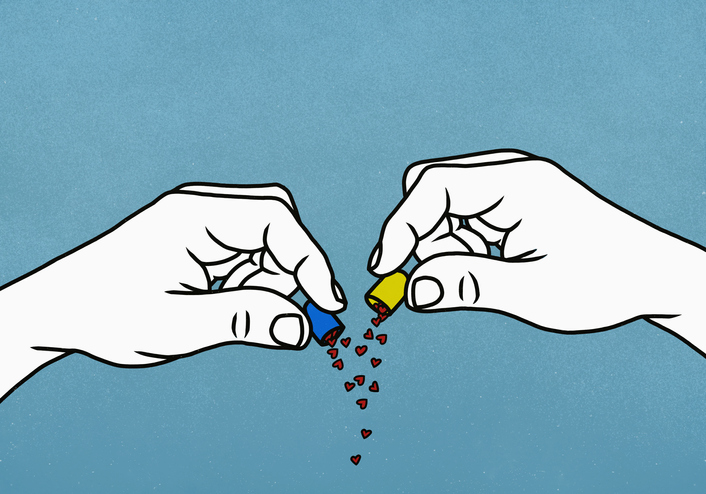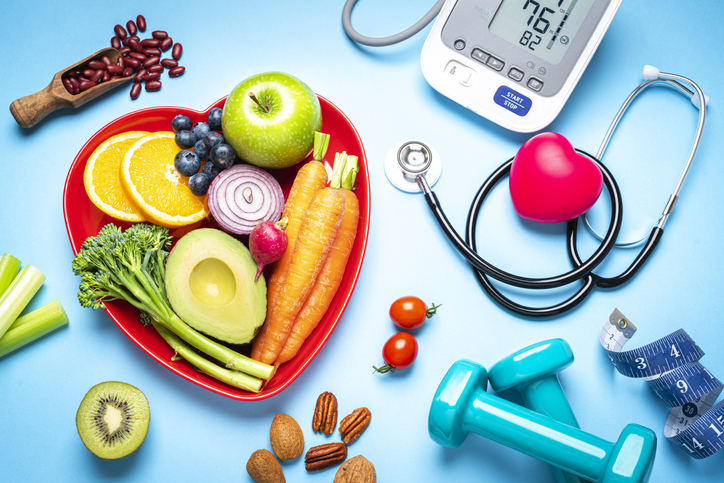Here’s When You May Need to Take Blood Pressure Medication

By Joy Stephenson-Laws, J.D., Founder
Blood pressure (which is the pressure of blood pushing against the walls of your arteries) is one of those highly valued health markers, for good reason. High blood pressure (hypertension) increases our risk of developing heart disease and stroke - two of the leading causes of deaths among Americans.
Low blood pressure (hypotension) may cause an inadequate flow of blood to the body’s organs and lead to stroke, heart attack and kidney failure.
So it makes sense that everytime you go to the doctor, one of the first tasks they complete is taking your blood pressure. You can also practice at-home blood pressure monitoring, which, in my opinion, is invaluable if you are a senior or someone who is hypertensive or prehypertensive.
Blood pressure readings are expressed by two numbers. The first number, called systolic, is your blood pressure when your heart beats, and the second, called diastolic, is the pressure when your heart is at rest. So, when you hear that your blood pressure is, for example, 135 over 75, the 135 is your systolic pressure and the 75 is the diastolic. For many years, a systolic reading of 120 was accepted as the upper limit for the normal range. Anything higher indicated hypertension. Some recent research suggests that a systolic blood pressure of 110 (or even lower) may actually be more healthy for women. (You can read more about this here).

Fluctuations of blood pressure are normal throughout the day due to factors such as exercise, stress, caffeine consumption and more. But if you are someone who constantly struggles with high blood pressure, you may be considering whether taking medication is necessary.
Recent scientific statements suggest that health care professionals "consider prescribing medication for patients with slightly elevated blood pressure if levels do not decrease after six months of healthy lifestyle changes." According to the American Heart Association, "patients with stage 1 hypertension and a high (>10%) 10-year risk for heart attack or stroke, the guidelines recommend anti-hypertensive medication in addition to healthy lifestyle.”
Furthermore, the report states that many adults who have stage 1 hypertension are adults under the age of 40. This is very concerning to me and clear that we need to be proactive. Many might think that being under 40 makes a person too young for blood pressure medication, but clearly this is not always the case.
I do want to emphasize that healthy lifestyle changes can make a big difference in six months if you are proactive and consistent. This does not mean perfect! If you are African American, know that you are at a greater risk of developing hypertension. There are usually no symptoms of having hypertension until it is very advanced and you have a cardiovascular event, so it is especially important to get your blood pressure checked and follow a healthy lifestyle.
Maintaining a healthy weight, exercising, eating healthily and watching your salt intake are a few steps we can all take in helping to prevent high blood pressure.
It is also a good idea to get your zinc level checked.
And for an in-depth guide on how to lower your blood pressure, check out the pH Labs blog One Simple Way To Lower Your Blood Pressure in 6 Months.
Enjoy your healthy life!
Disclaimer: This article is not intended to provide medical advice. Please consult with your doctor or another competent healthcare practitioner to get specific medical advice for your situation.
The pH professional health care team includes recognized experts from a variety of health care and related disciplines, including physicians, attorneys, nutritionists, nurses and certified fitness instructors. This team also includes the members of the pH Medical Advisory Board, which constantly monitors all pH programs, products and services. To learn more about the pH Medical Advisory Board, click here.







